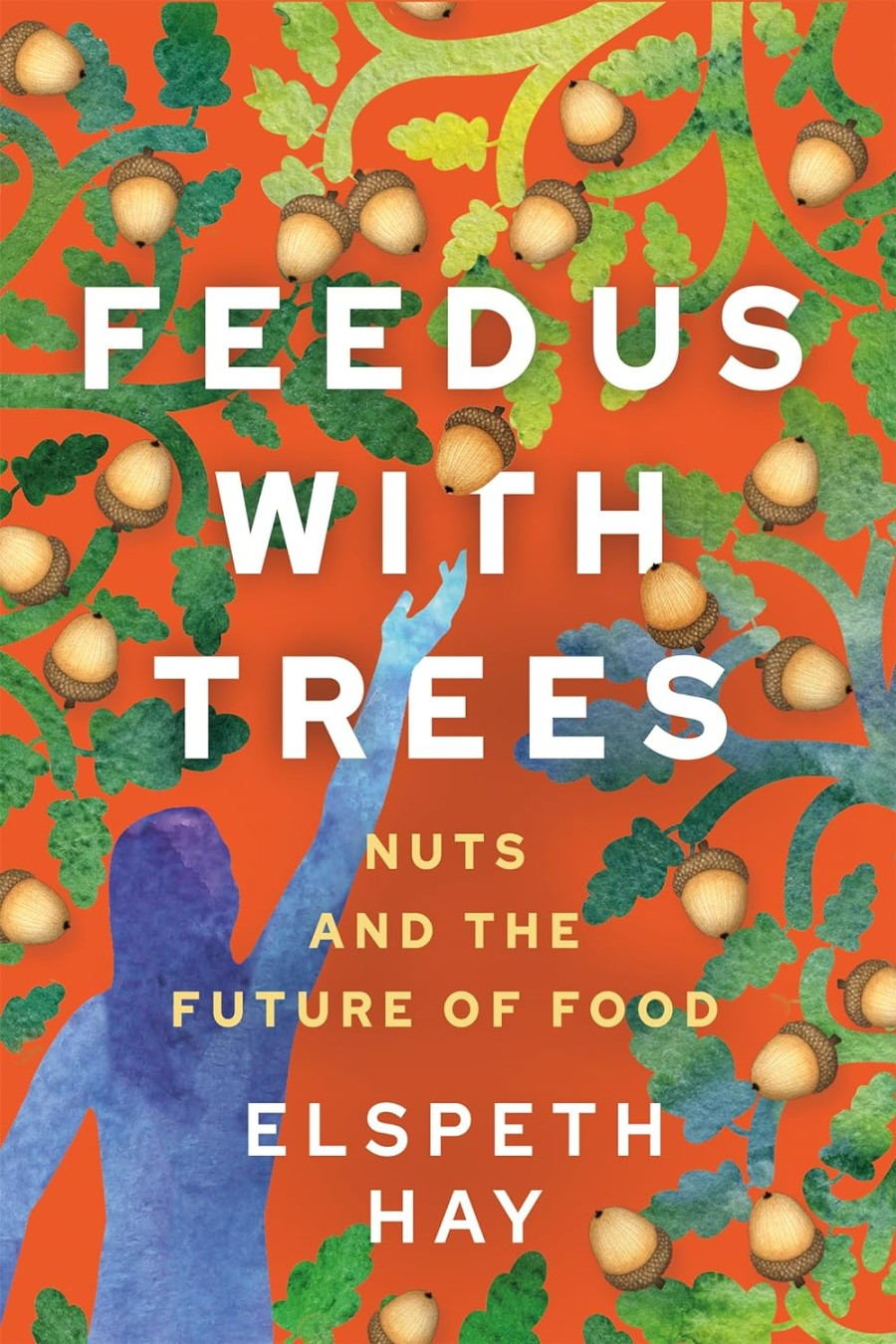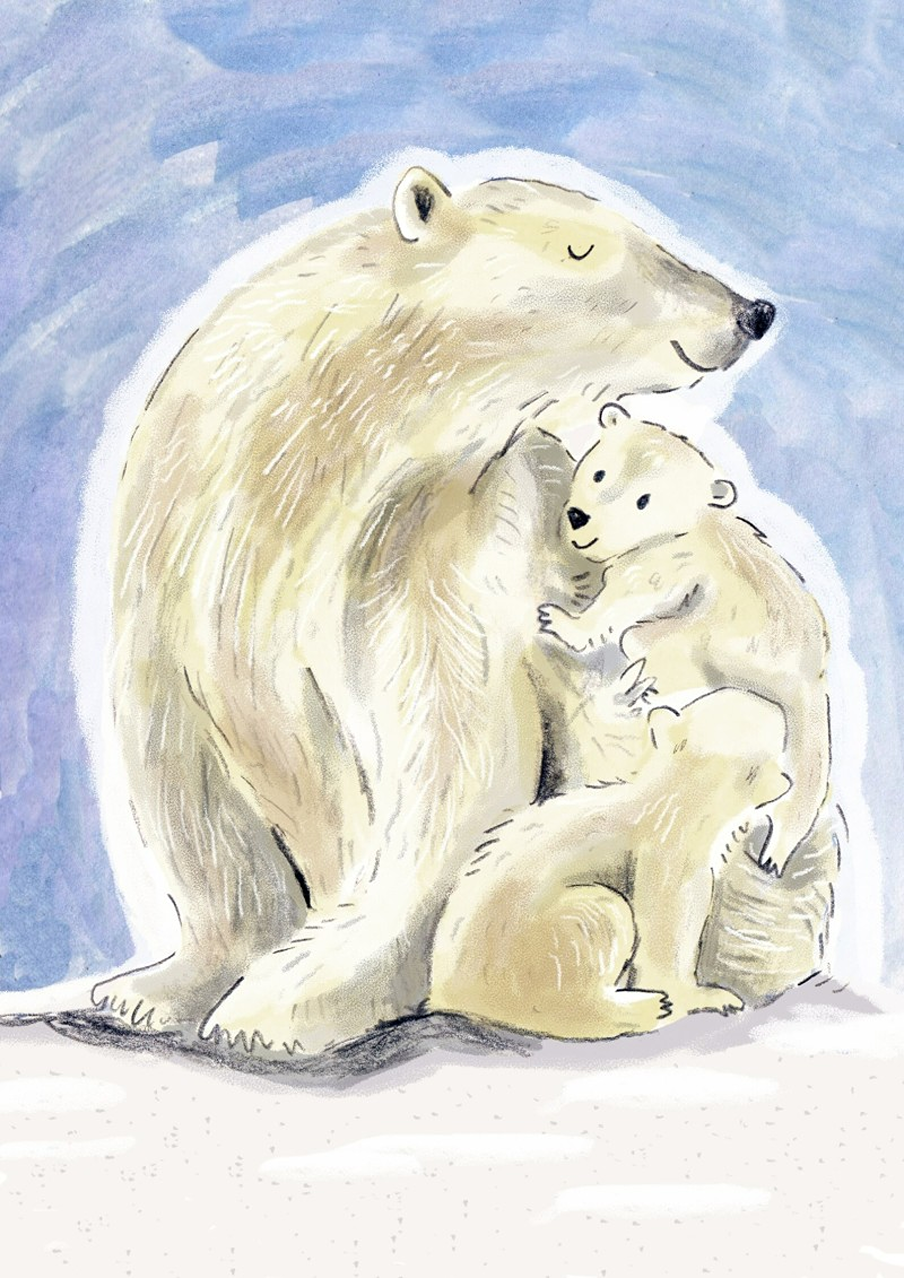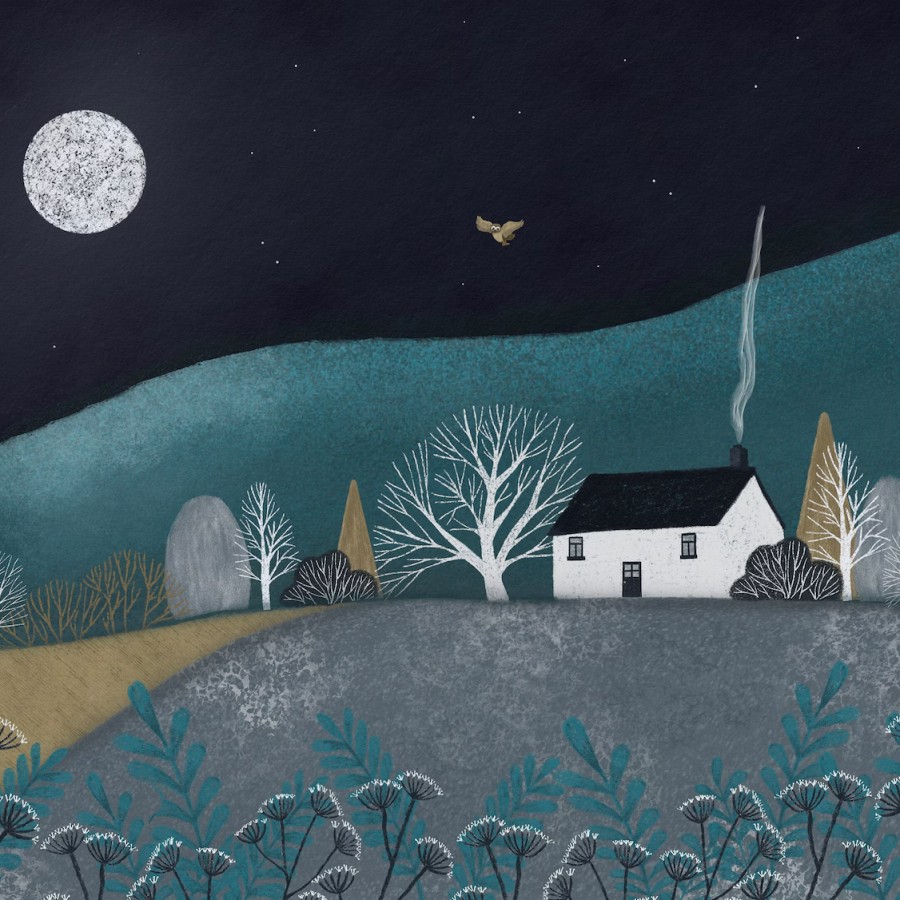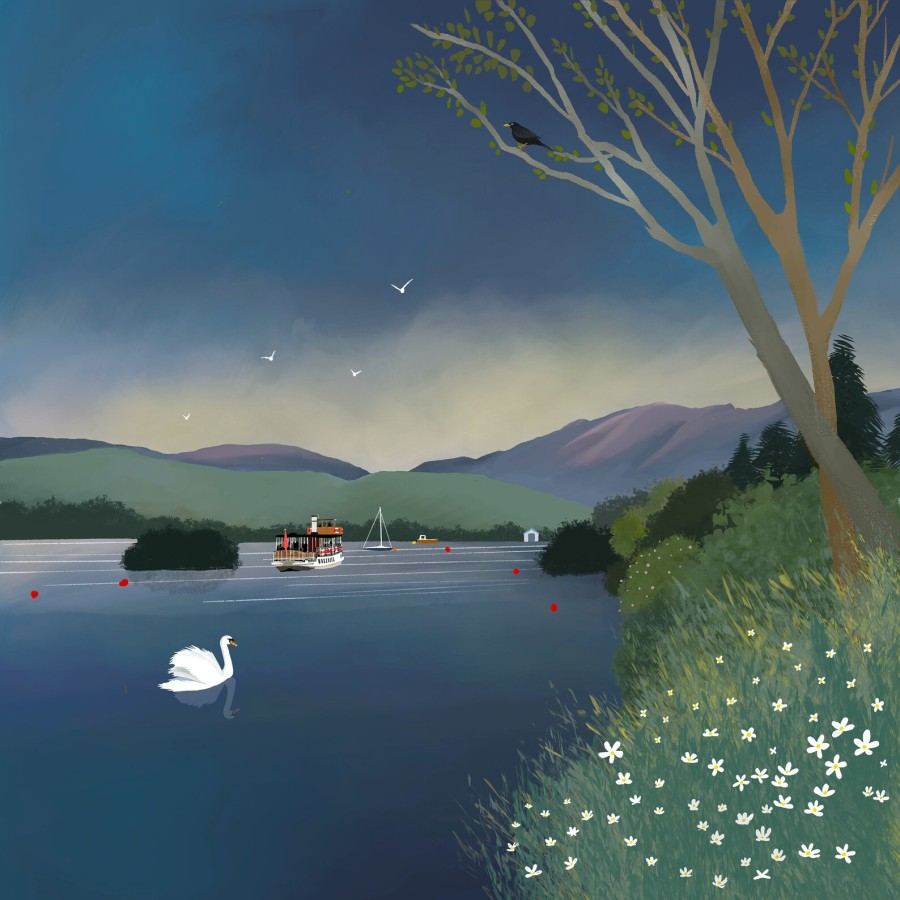
Ecological writer Satish Kumar once wrote that ‘unless you know Nature, you cannot love her’. Likewise, if we wish to protect England’s green and pleasant land, it’s important to get to know why. People who drop fast food litter, pollute our seas with oil and hunt our precious wildlife, obviously were never taught all about why our land is so beautiful and precious.
Cumbria is a large mostly rural county, with only a few towns. Most of the county is taken by by the Lake District, England’s largest national park and home to the largest body of water at Lake Windermere (which confusingly isn’t a lake). It’s also home to all of England’s highest mountains, the most rain in the country and Carnforth Station, setting for the beautifully-made film Brief Encounter.
The county is also the start of Wainwright’s coast-to-coast walk. It begins at the seaside resort of St Bees (facing the Irish sea) and ends when you paddle your toes in the East Yorkshire village of Robin Hood’s Bay. The walk takes around 12 days (stopping off at bed-and-breakfasts along the way).
The Lake District is famous for its rain. The wettest inhabitated valley in England lies only 10 miles over the fells from my home. This summer, while most of England dessicated under drought conditions, we dissolved in rain. This is weather pushed to the extremes of itself. Polly Atkin
England’s largest national park

The Lake District is England’s largest national park, and home to its largest body of water (confusingly, Lake Windermere is not actually a lake). Locals have recently been campaigning against the water board letting millions of gallons of raw sewage get pumped into the lake, while shareholders receive dividends due to high profits. Tourists have also had their knuckles rapped for over-feeding swans, who get too close to dogs and become so tame, the yare wandering on roads to local supermarkets, in search of food (they have plenty of natural food underwater).
Popular with boaters, this affluent but very over-touristy town is often used as a holiday base to explore the beautiful Lake District, with its 18 islands (Belle Isle is the largest and houses a 16th century house that was once owned by an Roman governor (it’s privately-owned, so you can’t visit).
Cumbria has 6 times more sheep than people!
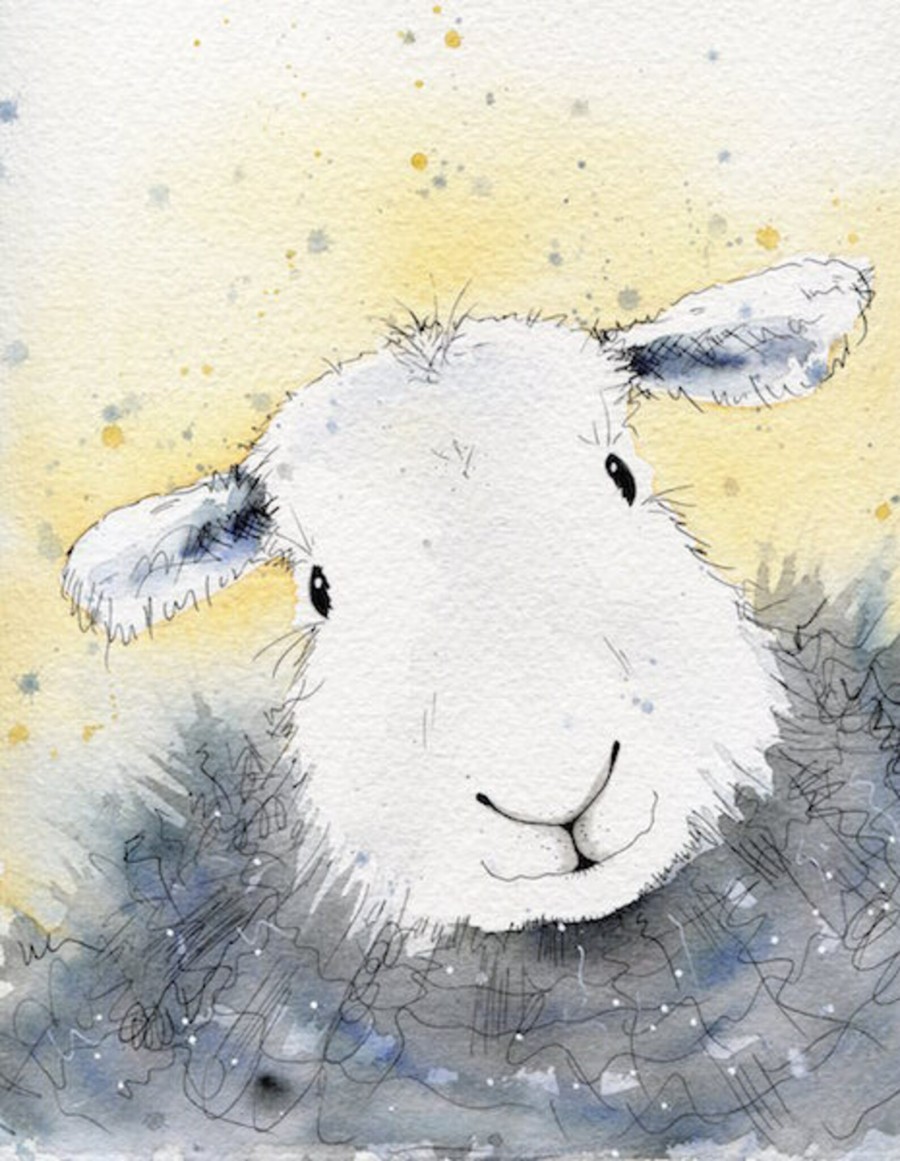
Cumbria has 6 times more sheep than people – 3 million of them! Sheep are not stupid at all, they are intelligent amusing creatures that can recognise up to 50 people for up to 2 years, and know when you are smiling at them! Having said that, it’s good to leave them alone if you see any on your walks, as they spook easily and this can even cause them to miscarry. One breed is Herdwick sheep, suited to the climate in isolated Cumbrian Fells, and counted by farmers using the yan-tan-tethera method, a kind of rhyme that uses rounds of 20 (also used in ancient times to count knitting stitches!)
Always follow the Countryside Code to keep dogs and livestock safe. In a county with 6 times more sheep than people, learn how to right an overturned sheep or it will die (hold it upright until rain has drained off, to prevent reoccurence). Read more on lots of ways to help sheep friends.
books to learn more of Cumbria’s natural world

Ring of Stone Circles is a book exploring Neolithic stone circles in Cumbria (where there are more than in any other county in England). Here the tallest mountains are ringed by almost 50 circles and henges, most sited in the foothills. Were these the earliest monuments in England? Were the circles built for astronomy, burial or perhaps just places for people to meet?
The Blackbird Diaries shares the author’s year of observing these enchanting birds over a year in her Cumbrian garden. Over four seasons, Karen chronicles the drama of the natural world as it all unfolds in her garden, amid the limestone hills and valleys of Cumbria’s South Lakeland. She also issues a clarion call for the conservation of endangered habits and species – including the curlew (Europe’s largest wading bird).
Walking the Line is a charming book that explores the Settle and Carlisle Railway, built in the late 1800s to forge a route to Scotland by train. Now a Conservation Area with special protection for its viaduct, tunnels, bridges and stations. Get up close to magnificent architecture and also view fells and stunning scenery, from limestone Dales , the Pennines and the Eden Valley.
North Country is a unique anthology of writing on nature and place, focusing on the north of England. From dramatic Lakeland Fells to Northumberland beaches. This book discovers estuaries, winding rivers, sheer cliffs, rushing waterfalls, ancient woodland, limestone pavements and miles of hedgerows and drystone walls, sustainability built (and rebuilt) over centuries. But urban sprawla and climate chaos threaten conservation, for short-term economic gain.
the world’s favourite pudding (from Cumbria)

Sticky toffee pudding is officially the world’s favourite dessert. Also popular in Australia and New Zealand (‘steamed date pudding’), the recipe was created in the Cumbrian town of Cartmel. Serve with vegan custard, cream or ice cream. The above recipe is vegan, just click the link!



